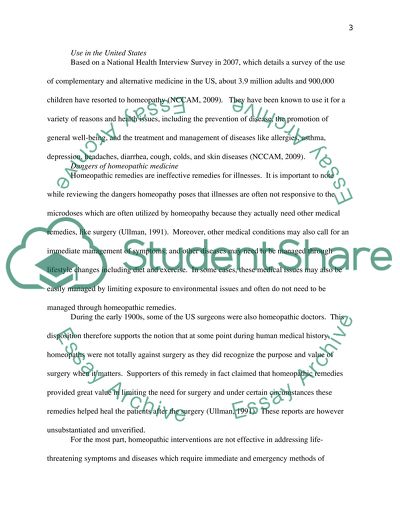Cite this document
(“Dangers of homeopathic medicine Research Paper Example | Topics and Well Written Essays - 4500 words”, n.d.)
Retrieved from https://studentshare.org/health-sciences-medicine/1394303-dangers-of-homeopathic-medicine
Retrieved from https://studentshare.org/health-sciences-medicine/1394303-dangers-of-homeopathic-medicine
(Dangers of Homeopathic Medicine Research Paper Example | Topics and Well Written Essays - 4500 Words)
https://studentshare.org/health-sciences-medicine/1394303-dangers-of-homeopathic-medicine.
https://studentshare.org/health-sciences-medicine/1394303-dangers-of-homeopathic-medicine.
“Dangers of Homeopathic Medicine Research Paper Example | Topics and Well Written Essays - 4500 Words”, n.d. https://studentshare.org/health-sciences-medicine/1394303-dangers-of-homeopathic-medicine.


